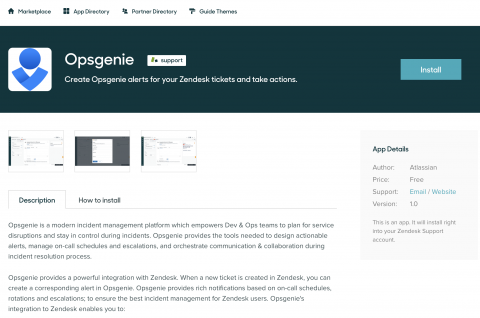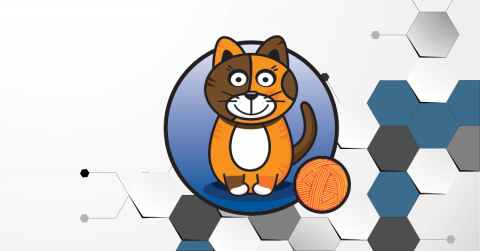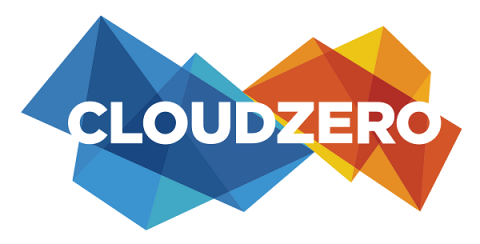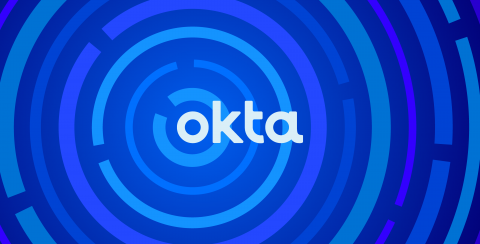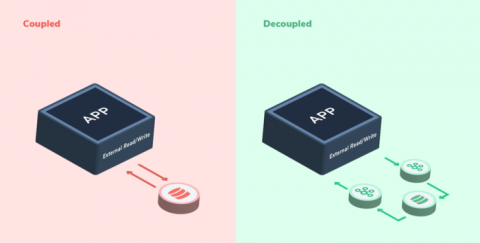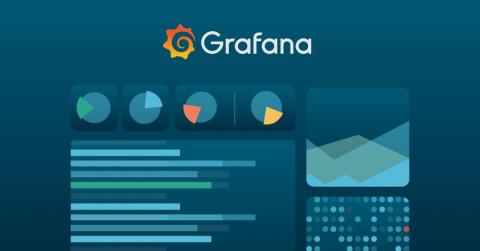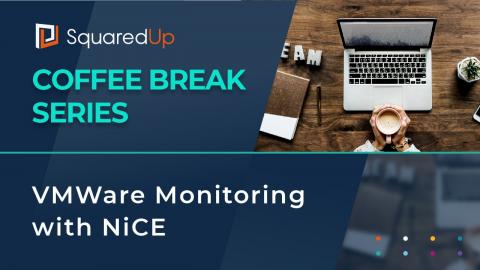Opsgenie's new app is live in the Zendesk Marketplace
Our new app makes it incredibly easy for Zendesk users to escalate customer-reported issues to the proper team, right from the Zendesk UI. Customer service agents can also check on the status of existing alerts without leaving their dashboard. The launch of this app is more critical than ever, as constantly changing customer expectations demand that IT and service companies are high performing and always on.


